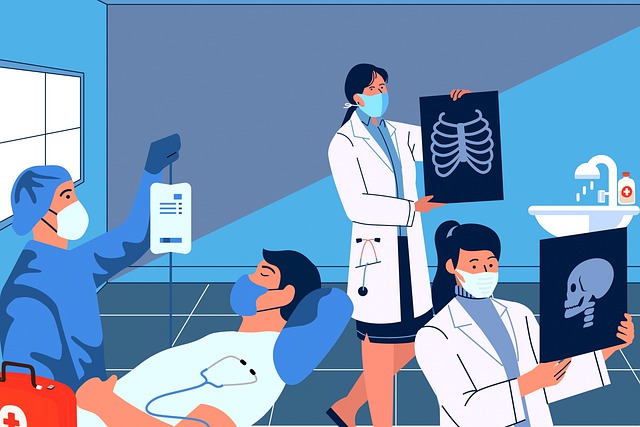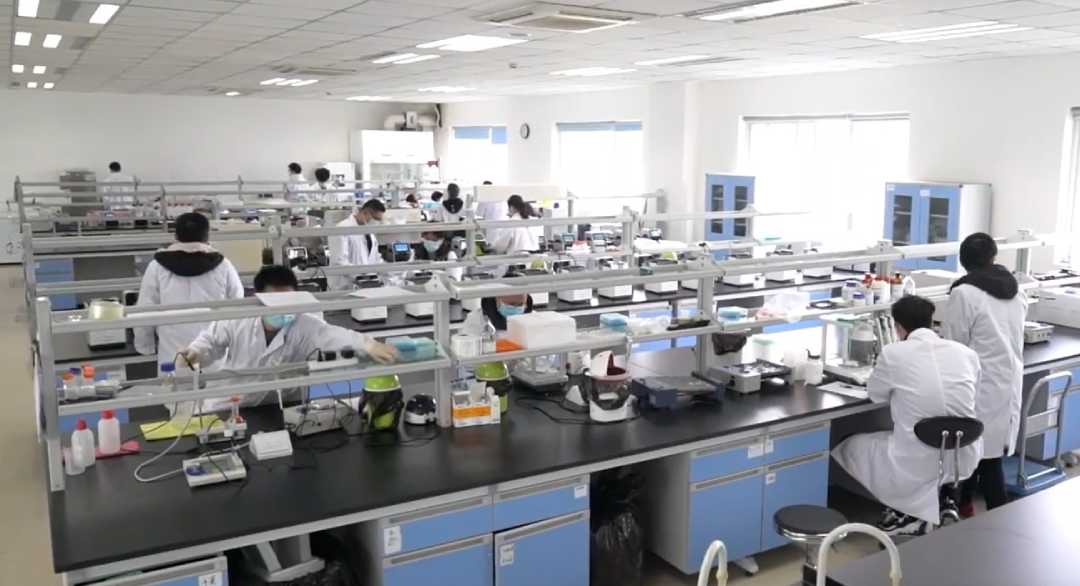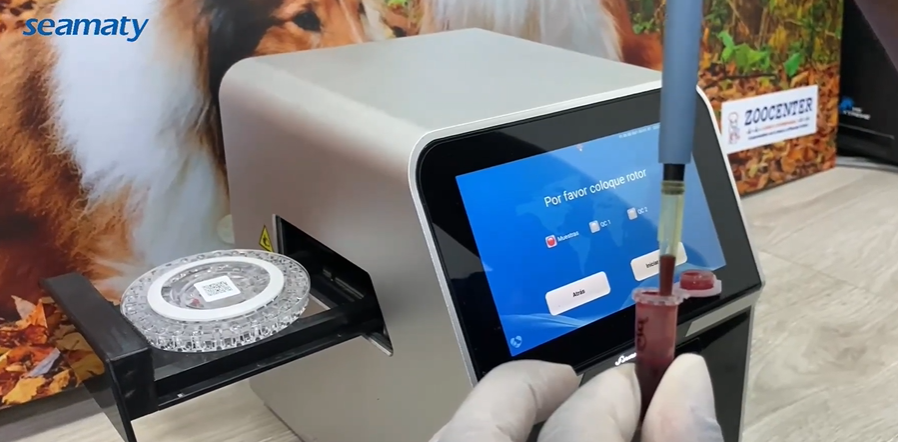The rapid development of medical technology has brought unprecedented changes to the industry. Innovative, high-end medical equipment is enjoying the fruits of other industries. To take advantage of these innovations, many medical equipment companies are working to develop patent portfolios for utility models and inventions.
Previously, design protection was often overlooked in the medical industry, but now the process of protecting intellectual property, from patent application to regulatory approval, is more important than ever for designers and manufacturers.
Why are medical equipment companies so concerned about patenting new products?
Medical equipment design and development is a lengthy and complex process. The entire process, from development to marketing, is a high-investment, high-risk process. On average, it takes years to decades and tens of millions of dollars to design and complete all the necessary evaluations and validations to prove the safety and effectiveness of a new technology or product. This is a huge investment for any company.
High development costs, the need for patent applications and premarket approval all lengthen the time to market for new products. In order for new products to reach the market quickly, medical equipment manufacturers must ensure their high quality and expected performance. In the face of all these obstacles, companies must have sufficient resources accumulated to accomplish the above. But without proper intellectual property protection, any competitor can easily copy their research results and launch a competitive product.
Patents protect the investment of researchers and investors for several years. Thus, it facilitates their reinvestment to reap the exclusive profits generated by the new technology. In essence, patent protection makes the development of new technologies more attractive to investors and advances the industry to which researchers belong.
Medical equipment manufacturers' patent strategy is a series of overall plans for patent-related work based on patent intelligence collection and analysis, intellectual property protection strategies, technology research and development decisions, patent applications, patent implementation, and patent transfers for the long-term benefit and sustainable development of the enterprise. Medical device patents allow enterprises to obtain the best economic benefits in the market competition, and maintain their competitive advantages and curb competitors.
Medical equipment manufacturers design patent strategy
1. Properly address the functionality of design patents for medical devices
The first design patent strategy that medical device companies should consider is to assert the potential functional aspects of the medical device to maximize the value of their product portfolio.
Design patents require an "ornamental" design, not a "functionally determined" design. While a valid design patent may contain some functional elements, a design patent may not claim a "predominantly functional" design.
Although a medical device has a specific function, this does not necessarily mean that the industrial design of the device is primarily functional. Therefore, medical device design applicants should be careful how they declare their functional features in order to achieve the broadest possible protection for their design patents.
Medical device applicants should consider demonstrating unclaimed functional features, particularly if other competitors are likely to include them, in order to further expand the scope of their design patents.
2. Patent Protection for Replaceable Components
A second design patent strategy that medical device companies should consider is to re-evaluate the litigation feasibility of their design patent portfolios, particularly with respect to interchangeable components. This strategy is based on the lessons learned from ABPA.
The case of American Auto Body Parts Association v. Ford Global Technologies, Inc. (ABPA v. Ford), an invalid design patent case for automotive replacement parts, ended with the U.S. Court of Appeals for the Federal Circuit rejecting the plaintiff's claims.
In addition to the Federal Circuit's ruling on the validity and scope of the design patents in ABPA, the Federal Circuit also ruled against ABPA's argument that the patents were unenforceable under the exhaustion doctrine and the related repair doctrine. The court held that "exhaustion" does not mean that the design can be used as a replacement part for a third party without the patentee's permission. This is because "exhaustion" applies only to articles sold or authorized for sale by the patentee. The court also rejected the ABPA's "repair argument" on similar grounds. The decision strengthens design patent protection for replacement parts used to repair the appearance of all types of articles, not just automotive parts.
These decisions are important to medical device companies because the Federal Circuit has now confirmed that accused infringers cannot escape liability for design patent infringement based solely on the design and the sale of medical device components that embody the patented design.
Medical device companies can use design patents to protect interchangeable components of their devices and protect their market share when third-party suppliers attempt to sell generic replacement components. It is worth noting, however, that this case applies only to U.S. patents, unlike European laws and regulations that assert that such parts do not infringe.
3. Reevaluating Medical Device IP Enforcement Strategies
A third strategy that medical device companies should consider is to reevaluate how they assert their IP rights against infringers. In general, the business goals are to deter infringers, maintain market share, and obtain monetary compensation in a timely and cost-effective manner by bringing utility patent actions in district court through legal means.
The medical device field is a rapidly evolving field filled with high levels of innovation. Every medical device company wants to be a leader in innovation in the industry. Due to the existence of various technical and patent barriers, it is increasingly difficult for companies to obtain competitive designs.
Seamaty as a well-known supplier of
POCT medical devices in China has been granted 56 patents. These include 3 invention patents, 34 utility model patents, 6 appearance patents, and 1 international PCT patent. Another 2 are under application, and another 10 software copyrights in total.



